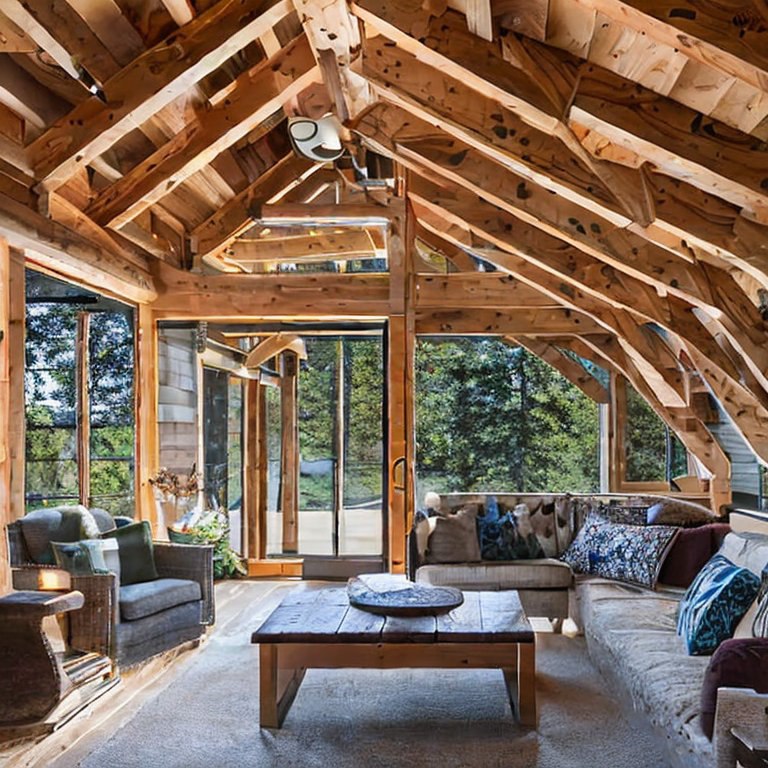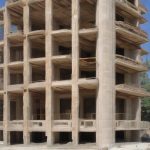There’s a timeless allure to timber framing, where craftsmanship meets natural beauty to create structures that stand the test of time. From traditional joinery methods to modern innovations, timber framing techniques offer a blend of artistry and functionality. In this comprehensive guide, we’ll delve into the world of timber framing, exploring the tools, materials, and techniques used to create enduring and stunning architectural marvels.
Understanding Timber Framing
Timber framing is a construction method that relies on heavy timber posts and beams to create the structural framework of a building. Unlike conventional stick framing, which uses lightweight dimensional lumber, timber framing emphasizes the use of large, solid wood members joined together with traditional joinery techniques.
Key components of timber framing include:
- Posts: Vertical members that support the weight of the structure.
- Beams: Horizontal members that span between posts to support floors, roofs, and other loads.
- Joinery: Traditional methods of connecting timber members, such as mortise and tenon joints, dovetail joints, and scarf joints.
- Bracing: Diagonal members used to stabilize the frame and resist lateral forces such as wind or seismic loads.
Timber framing is known for its strength, durability, and aesthetic appeal, making it a popular choice for a wide range of architectural styles, from rustic cabins to grand timber-framed homes.
Tools of the Trade
Before diving into timber framing projects, it’s essential to have the right tools for the job. While the specific tools may vary depending on the project’s scale and complexity, some essential tools for timber framing include:
| Tool | Description |
|---|---|
| Chisels | Used for cutting and shaping timber joints with precision. |
| Hand Saw | For making straight or angled cuts in timber members. |
| Auger Bit | Drills clean, precise holes for mortises and other joinery. |
| Marking Gauge | Helps ensure accurate layout and measurements for joinery. |
| Level | Ensures that timber members are plumb and level during assembly. |
Additionally, power tools such as circular saws, drills, and pneumatic nailers may be used for cutting, drilling, and fastening timber components.
Traditional Joinery Techniques
At the heart of timber framing are the time-honored joinery techniques that connect timber members without the need for nails or screws. Some of the most common traditional joinery methods include:
- Mortise and Tenon: A joint where a projecting tenon on one timber fits into a corresponding slot or mortise in another timber, creating a strong and durable connection.
- Dovetail Joints: Interlocking joints with wedge-shaped fingers that fit together tightly, providing both strength and visual appeal.
- Scarf Joints: Used to join two timber members end-to-end by tapering the ends and overlapping them to create a seamless connection.
These traditional joinery techniques require precision and skill but result in exceptionally sturdy and beautiful timber frames that can last for generations.
Modern Innovations in Timber Framing
While traditional joinery techniques continue to be valued for their craftsmanship and aesthetic appeal, modern innovations have expanded the possibilities of timber framing. Today, timber framers may incorporate advanced engineering principles, computer-aided design (CAD) software, and prefabrication techniques to streamline construction and enhance structural performance.
Some modern innovations in timber framing include:
- Engineered Timber Products: Laminated veneer lumber (LVL), glued-laminated timber (glulam), and other engineered wood products offer enhanced strength, stability, and versatility compared to solid timber.
- Hybrid Construction: Combining timber framing with other building systems, such as steel or concrete, to create innovative and efficient structural solutions.
- Panelized Construction: Prefabricating timber frame components in a controlled factory environment for rapid on-site assembly and reduced construction time.
These modern advancements in timber framing enable architects and builders to push the boundaries of design while maintaining the timeless appeal and sustainability of wood construction.
Conclusion
Timber framing is more than just a construction method; it’s a craft that celebrates the natural beauty and inherent strength of wood. Whether you’re a seasoned timber framer or a novice enthusiast, mastering the techniques of timber framing opens up a world of possibilities for creating breathtaking structures that stand as testaments to craftsmanship and ingenuity.
So gather your tools, sharpen your chisels, and embark on the rewarding journey of timber framing—it’s a tradition worth preserving for generations to come.


